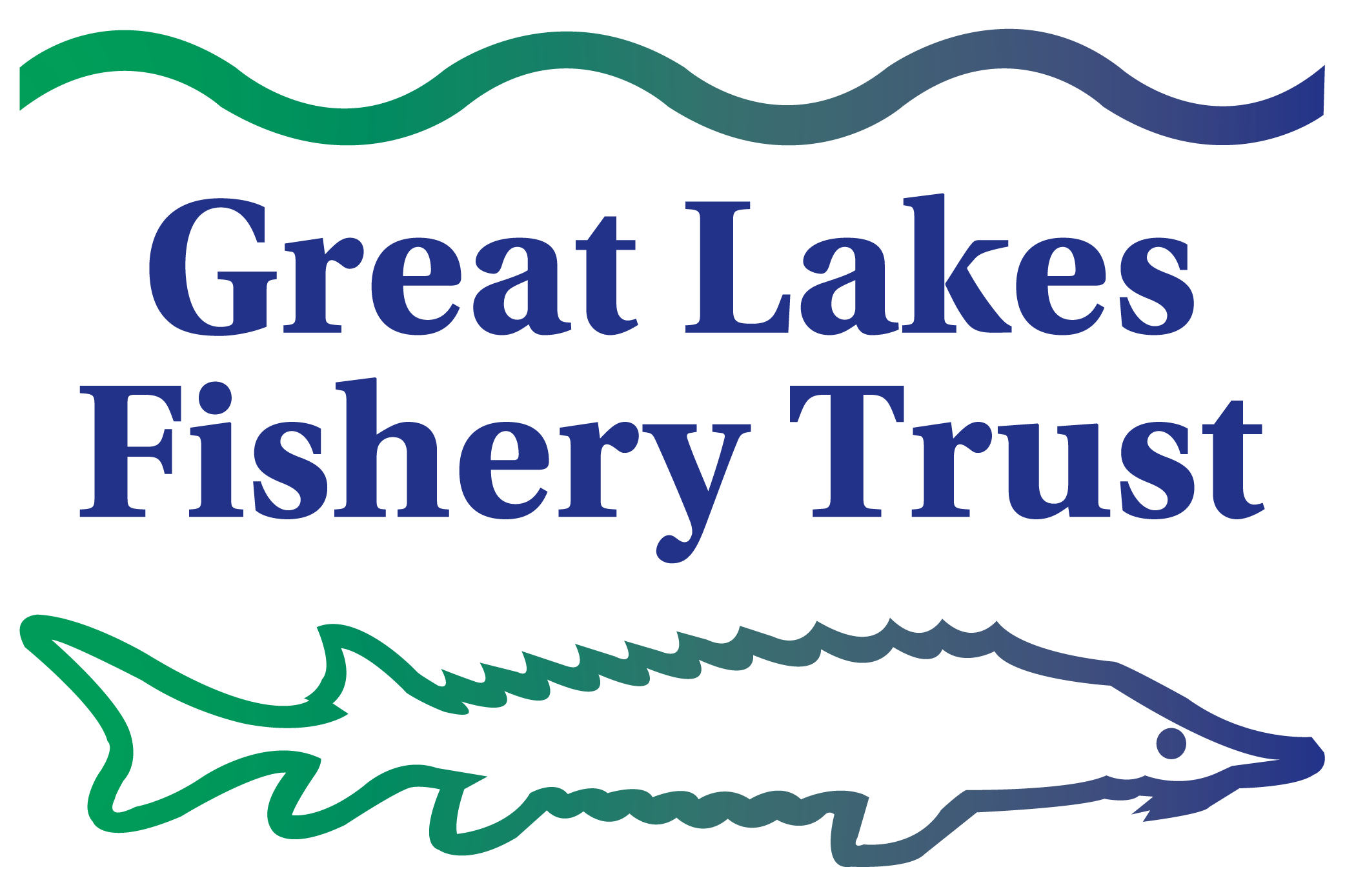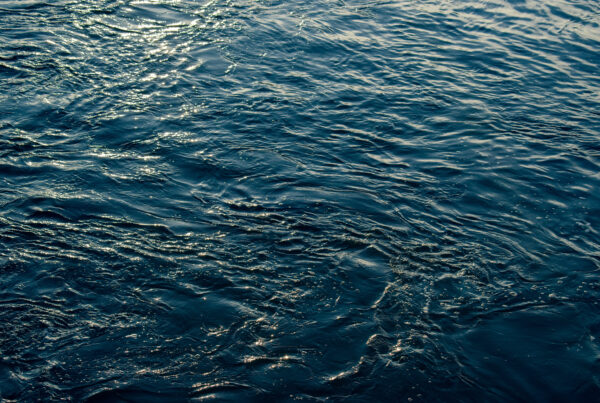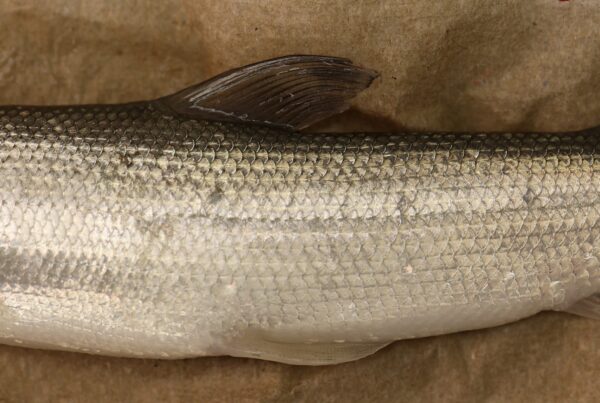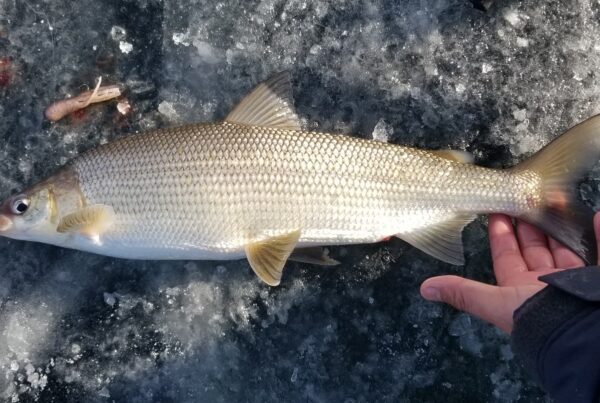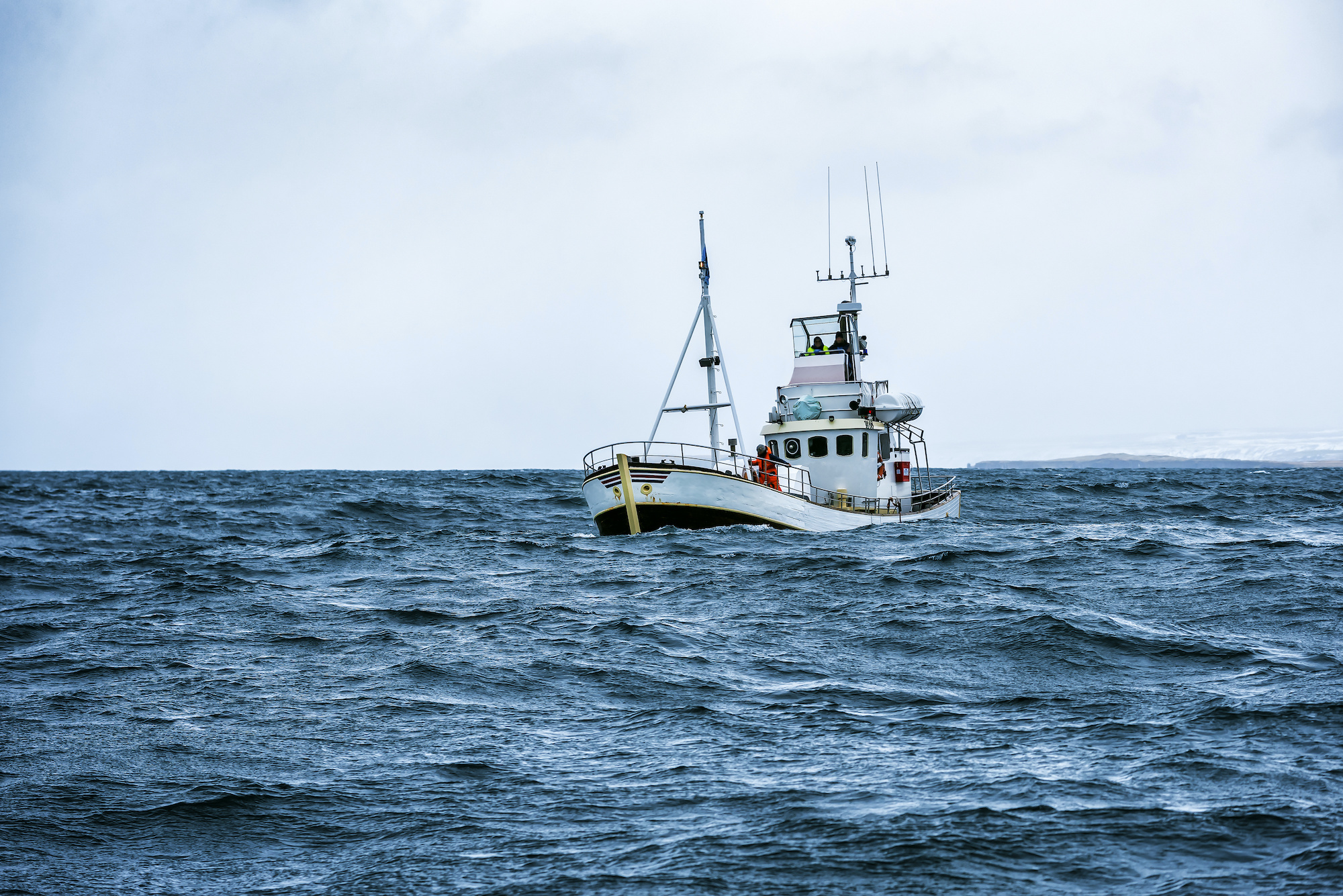
Background
Lake whitefish (Coregonus clupeaformis) numbers are declining substantially in the Great Lakes, concerning fishery managers and the commercial and tribal fishers who highly value the species. The public increasingly shares this concern due to media coverage that illuminates fishery stressors and recovery prospects. This edition of Research Notes highlights recent research contributions on lake whitefish supported by the Great Lakes Fishery Trust.
In 2019, a team from the Michigan State University Quantitative Fisheries Center evaluated the feasibility of stocking lake whitefish to rehabilitate or supplement the Great Lakes fisheries. James Bence, Travis Brenden, and Emily Liljestrand, as research team members, sought to determine the stocking numbers that would be required at different lifecycle stages to yield substantial benefits as well as the resources required to produce those numbers. Their desktop analysis focused on Lakes Michigan and Huron, using available information from primary and secondary literature combined with expert perspectives on culturing fish in the Great Lakes region.
The project sought to understand whether stocking fingerling or yearling lake whitefish could yield numbers for the fishery significant enough to offset declines. The research project was comprised of these components:
- Identify plausible survival rates for lake whitefish life stages through a review of primary and secondary literature
- Estimate costs associated with culturing lake whitefish to later life stages through expert consultations
- Calculate anticipated yield per recruit for the study area through existing lake whitefish stock assessment
- Develop a cost-benefit of multiple lake whitefish stocking scenarios

Lake Whitefish (Coregonus clupeaformis)
Key Findings
The research team found that stocking fall fingerlings or yearlings gives the best chance of survival. However, the research team’s modeled results suggest that the financial resources required to establish a stocking program would exceed the economic value of the anticipated additional yield.
Beyond the Key Findings
Actual survival rates of stocked fish are highly uncertain, and the team could have used plausible alternative values in its calculations, resulting in different outcomes from the stocking scenarios. These caveats aside, by conducting the cost-benefit analysis, the research team was able to provide the anticipated costs of stocking lake whitefish in numbers that recover yield. The work also demonstrated how readily available information can be compiled and synthesized to develop a cost-benefit analysis regarding stocking as a potential fishery management action in the Great Lakes. Moreover, the team’s research suggests work is needed on evaluating early life survival of hatchery-reared lake whitefish in the Great Lakes and on reducing costs of lake whitefish culture.
Research Collaboration
The team’s research and understanding on lake whitefish fisheries, culturing fish in the Great Lakes, and costs associated with methodologies in culturing lake whitefish to different life stages was enhanced through interactions with experts from the Ontario Ministry, Michigan Department of Natural Resources, U.S. Fish and Wildlife Service, Sault Tribe of Chippewa Indians, Little Traverse Bay Bands of Odawa Indians, and the Bay Mills Indian Community. These state, federal, and tribal management agencies provided expertise on whether survival rates identified from the research team’s sources and subsequent evaluations were sound.
”I think an important outcome of the work is that it could focus research on early life survival of hatchery-reared lake whitefish or viable approaches to reduce costs of culturing lake whitefish.
James Bence, Ph.D.Primary Investigator
Learn More
For more information about the study design, results, and implications, see the Quantitative Fisheries Center Technical Report from the Michigan State University Department of Fisheries and Wildlife. For questions, contact the primary investigator, James Bence, Ph.D., [email protected].
Disclaimer
Research Notes includes the results of GLFT-funded projects that contribute to the body of scientific knowledge surrounding the Great Lakes fishery. The researcher findings and grant result summaries do not constitute an endorsement of or position by the GLFT and are provided to enhance awareness of project outcomes and supply relevant information to researchers and fishery managers.
